Results from the Micius satellite test quantum entanglement, pointing the way toward hack-proof global communications—and a new space race.
- By Lee Billings on June 15, 2017

Results from the Micius satellite test quantum entanglement, pointing the way toward hack-proof global communications—and a new space race.

Wireless charging is a great idea in theory: You can just place your device on a charging mat without having to mess with any wires. But it still doesn’t solve the main hassle of charging in the first place, which is the requirement to leave your device in one place. But now, scientists may have found the answer to that problem using principles from quantum mechanics.
Currently, wireless, or inductive, charging uses an electromagnetic field to transmit energy over very short distances. That’s why your phone, or whatever device you’re charging wirelessly, must remain near a wireless pad in order to actually charge. But Shanhui Fan and his team at Stanford University have published an article in Nature that details a wireless charging system that works even when the charger and device are a meter apart. You can also move around the device while it’s being charged without interrupting the power transfer.
It works by using a principle of quantum mechanics called parity-time symmetry to create a charger with a self-adjusting power flow. A connected amplifier automatically controls the flow of power between the transmitter and receiver. As a device moves further away from the charger, the power levels adjust automatically to ensure an even and uninterrupted flow of current.

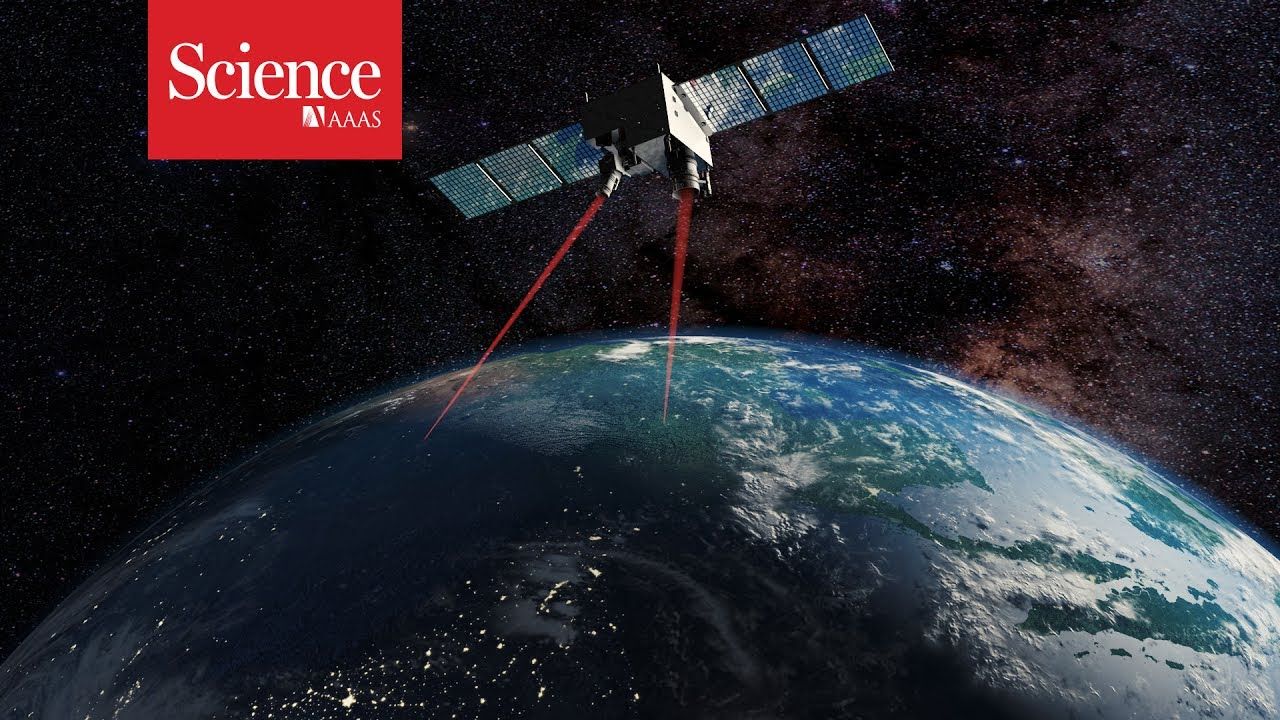
Chinese researchers report that they’ve set a new distance record for quantum teleportation through space, the phenomenon that Albert Einstein once scoffed at as “spooky action at a distance.”
The technology isn’t yet ready for prime time, but eventually it could open the way for a new type of unbreakable encryption scheme based on the weirdness of quantum physics.
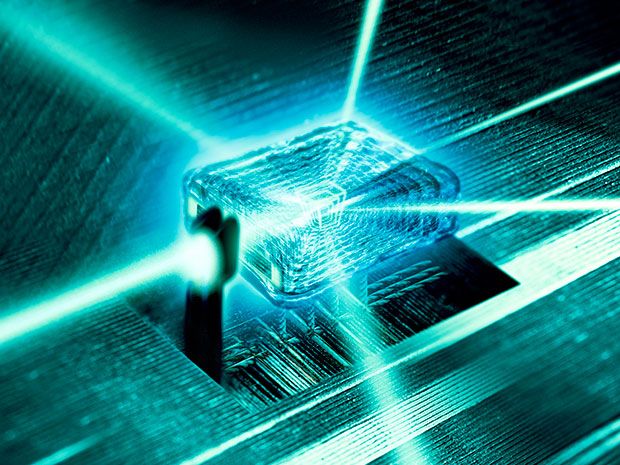

“For example, Hasan says, “we can test theoretical ideas in the early universe,” simulating how particles may have behaved just after the Big Bang, when Lorentz symmetry may not have been obeyed.”
It’s interesting how often I hear condensed matter physicists justify their work by saying “might be important for something with quantum gravity” while condensed matter physics by itself is much more likely than quantum gravity to be good for something.
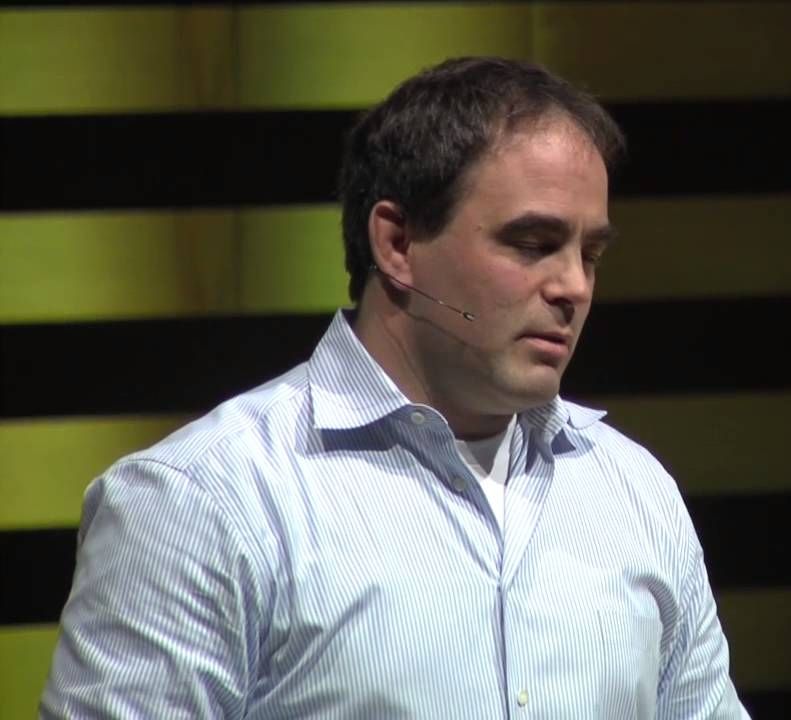
We have a highly respected Theoretical Physicist and a pioneer of Quantum Computing, along with the Founder of one of the leading quantum computer companies, D-Wave (whose clients include Google and NASA), talking about parallel universes. Here is a key that I discovered. They are not talking about parallel universes as a theory but as something factual that exists.
An amazing article on the ability of a Quantum Computer to exploit parallel universes. This article is a MUST READ!
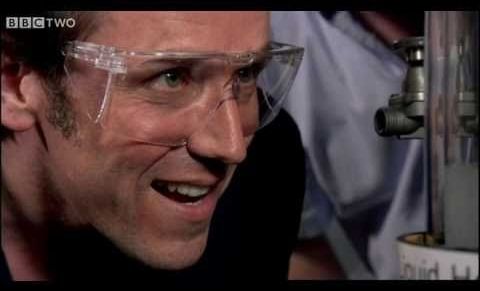
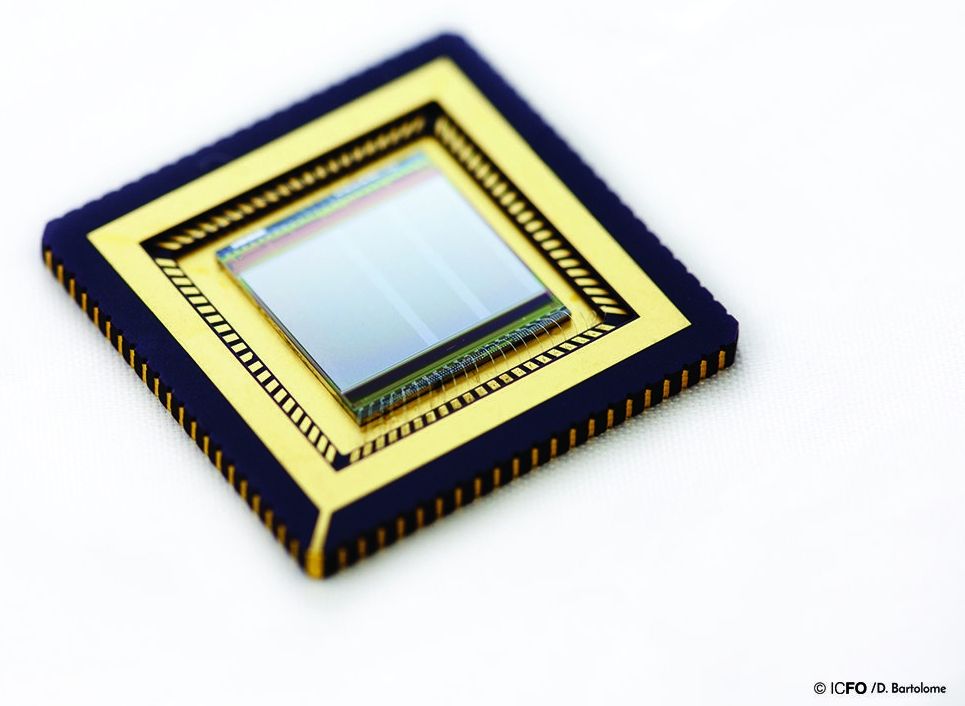
Over the past 40 years, microelectronics have advanced by leaps and bounds thanks to silicon and complementary metal-oxide semiconductor (CMOS) technology, enabling computing, smartphones, compact and low-cost digital cameras, as well as most of the electronic gadgets we rely on today.
However, the diversification of this platform into applications other than microcircuits and visible light cameras has been impeded by the difficulty of combining non-silicon semiconductors with CMOS.
IFCO researchers have now overcome this obstacle, showing for the first time the monolithic integration of a CMOS integrated circuit with graphene, resulting in a high-resolution image sensor consisting of hundreds of thousands of photodetectors based on graphene and quantum dots (QD). They incorporated it into a digital camera that is highly sensitive to UV, visible and infrared light simultaneously. This has never before been achieved with existing imaging sensors. In general, this demonstration of monolithic integration of graphene with CMOS enables a wide range of optoelectronic applications, such as low-power optical data communications and compact and ultra sensitive sensing systems.

The new work addresses not only what dark energy is but why the rate of universal expansion has the value it does.
“Everybody wants to know what dark energy is,” Wang told Live Science. “I reconsidered this question more carefully,” from the perspective of the universe’s energy density.
Wang and his colleagues assumed that modern quantum field theory was correct about the energy density being very large, but that the vacuum fluctuations, or the movements of empty space, were very large on tiny scales, near what is called the Planck length, or 1.62 × 10 ^ minus 35 meters. That’s so small that a proton is 100 million trillion times bigger.